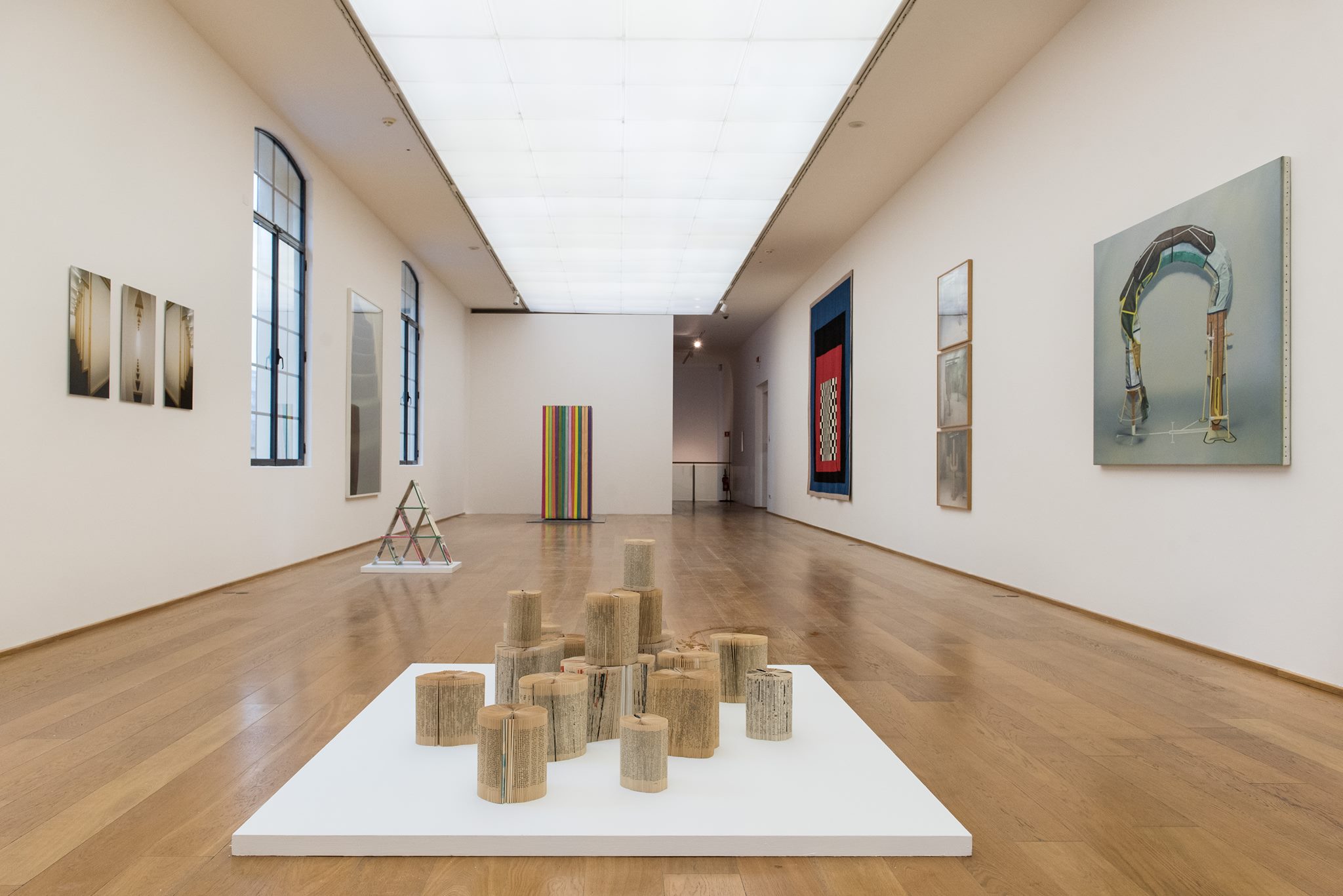Once upon a time, there was a municipal bakery established to feed the citizens of Bologna during the First World War. The year was 1914, and Francesco Zanardi had just won the municipal elections, soon finding himself faced with the city’s economic hardships, where most of the population lived on the brink of poverty. On February 1st, 1917, the first loaf of bread was baked in the facility.
At a certain point, the war arrived, and the building was emptied and partially damaged. As the years passed, what remained of the former bakery was repurposed for various uses until it was no longer employed by the municipal administration and was instead leased out to different private businesses.
Today, that historic bakery is little more than a distant memory. In its place now stands MAMbo, the Museum of Modern and Contemporary Art of Bologna, officially inaugurated on May 5, 2007.
At the time, the city’s Gallery of Modern Art (GAM) could no longer accommodate the entire collection of Modern and Contemporary Art due to the ongoing growth of acquisitions and donations over the years, which led to constant relocations.
It became essential, therefore, to establish a new cultural venue that could, over time, evolve into a center dedicated to experimentation and innovation.
Within the 10,000 square meters of the former Forno del Pane, the industrial and monumental architecture of the building allowed for the creation of a new and remarkable museum structure. Traces of the site’s original function remain visible within the spaces, such as the chimneys found in the permanent collection rooms, a symbolic marker of archaeological memory.
Today, the permanent collection of the Museum comprises 3,500 works, including pieces from 20th-century Emilian art, part of the Morandi collection, works by major figures of both Italian and international art, and experimental projects by emerging artists.
Now housed within the MAMbo, which has inherited the collection of the former GAM, the Museum serves as the voice of a thirty-year legacy that has traced the evolution of Italian and international art, consistently seeking out the most innovative forms of cultural avant-garde.
Over the years, the Museum has evolved from a simple exhibition space into a vibrant artistic hub dedicated to supporting contemporary art practices, establishing itself as a leading center in the Italian art scene.
The story of MAMbo is just one of many examples of industrial redevelopment in the city.
The museum is located in what is now known as the Cultural District of the Manifattura delle Arti, an area originally designated for industrial and commercial activity, once an industrial hinterland on the outskirts of Bologna.
Today, this district, situated in the heart of the historic city center, spans 100,000 square meters and is home to several major institutions: the Cineteca di Bologna, built within a former tobacco factory; the Department of Philosophy and Communication of the University of Bologna, housed in the former paper mill; the Department of the Arts, located in the spaces of the former slaughterhouse; and Il Cassero, hosted in the former salt warehouse (ex Salara).
The creation of this cultural district, one of the largest in Europe in terms of area ,was driven by a strong need for urban regeneration in a central neighborhood of the city, and by the ambition to establish a space where art and culture could engage in mutual, collaborative synergy among the various institutions involved.
There is a clear intention to weave a network of connections between cultural centers, capable of responding to the needs of contemporary society.
And this is where the Manifattura delle Arti in Bologna was born: a project aimed at regenerating the urban fabric by restoring and enhancing part of the city through artistic, cultural, and research activities.
